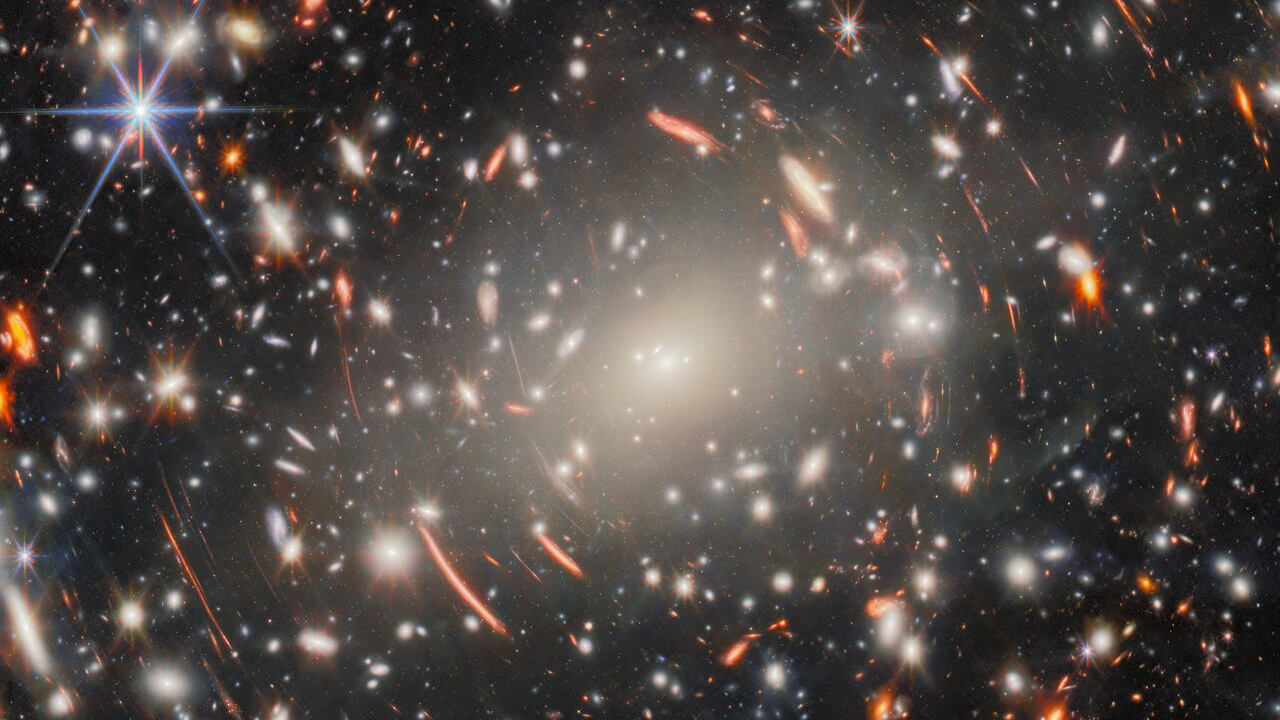
This is an AI-generated image, used for representational purposes only.
In an unexpected discovery, scientists have found that penguin droppings or guano may be helping cool Antarctica by triggering cloud formation that reflects sunlight away from Earth. The new study, published in Communications Earth & Environment, shows that ammonia released from penguin colonies significantly boosts the formation of cloud-seeding aerosols over coastal Antarctica.Researchers led by
atmospheric scientist Matthew Boyer
from the
University of Helsinki
found that guano from Adélie penguins emits ammonia gas, which combines with sulfur-based compounds from phytoplankton in the Southern Ocean to create particles that form low-lying clouds. “To actually quantify this process and to see its influence in Antarctica hasn’t been done,” Boyer told AFP. “This really does show that there is a deep connection between ecosystem processes and the climate,” he added.
Measurements taken between January and March 2023 near Argentina’s Marambio Base showed ammonia concentrations spiking up to 13.5 parts per billion, 1,000 times higher than background levels, when the wind came from a nearby colony of 60,000 Adélie penguins. “The ammonia enhances the formation rate of particles... we’re talking up to four orders of magnitude faster because of the guano,” Boyer explained.Even a month after the penguins had migrated, the ammonia levels in the air remained roughly 100 times above normal, suggesting the guano-laden soil acts like a slow-release chemical source. This lingering effect "boosted particle formation rates by up to 10,000 times in the region."The study highlights a “synergistic process” between penguins and phytoplankton that is vital to aerosol production, with Boyer telling Phys.org that the penguin-plankton relationship could be disrupted by declining penguin populations, potentially weakening this natural cooling feedback. However, the impact of such clouds isn’t entirely straightforward. Boyer noted that while clouds over the ocean cool the surface, those over ice, being less reflective than snow, could actually lead to localised warming.Despite these nuances, the findings illustrate the complexity of climate systems and how even seemingly small actors like penguins can influence global processes. “This is just another example of this deep connection between the ecosystem and atmospheric processes, and why we should care about biodiversity and conservation,” Boyer said.Still, penguins face serious threats from climate change. As Rose Foster-Dyer, a marine ecologist at the University of Canterbury, was quoted as saying by Inside Climate News, some species like the emperor penguin may be more adaptable than assumed, having lived through many natural climate cycles. Yet, the pace of human-driven warming poses new challenges. “Everything’s changing at such a fast rate, it’s really hard to say much about anything,” she added.With about 20 million breeding pairs scattered across the continent, and individual colonies producing hundreds of tons of guano annually, penguins are more than just Antarctic icons, they're accidental climate engineers.

 4 days ago
49
4 days ago
49



























 English (US)
English (US)